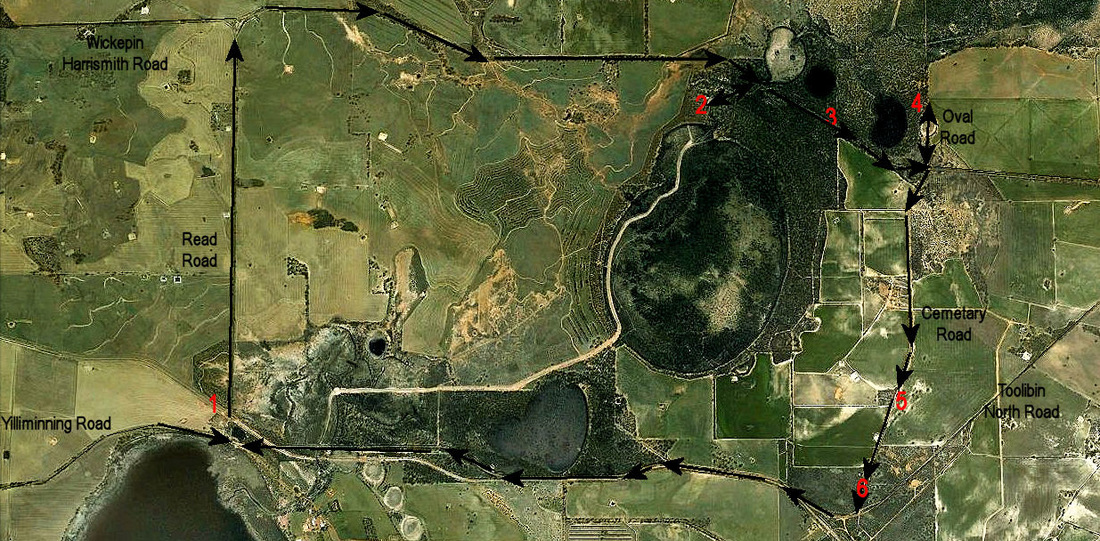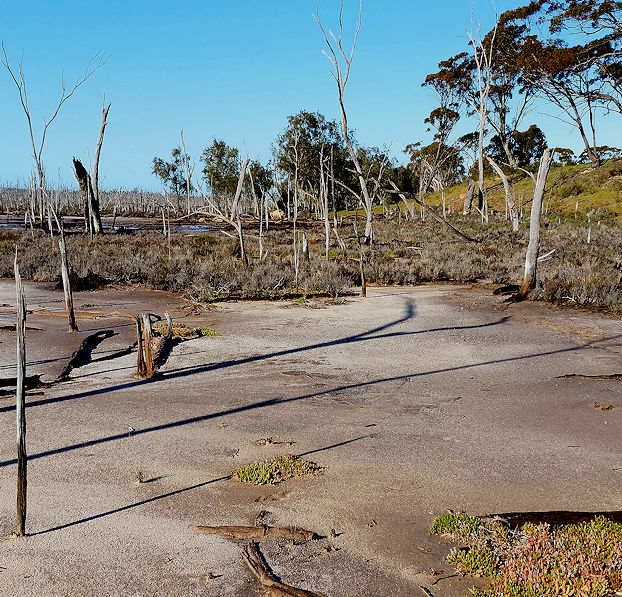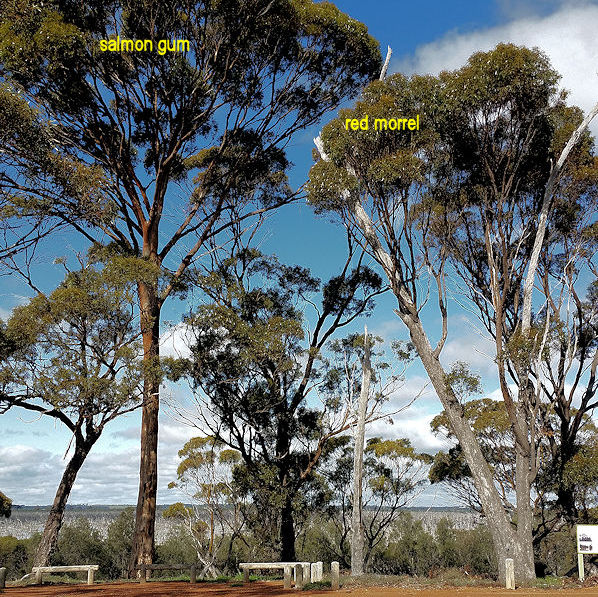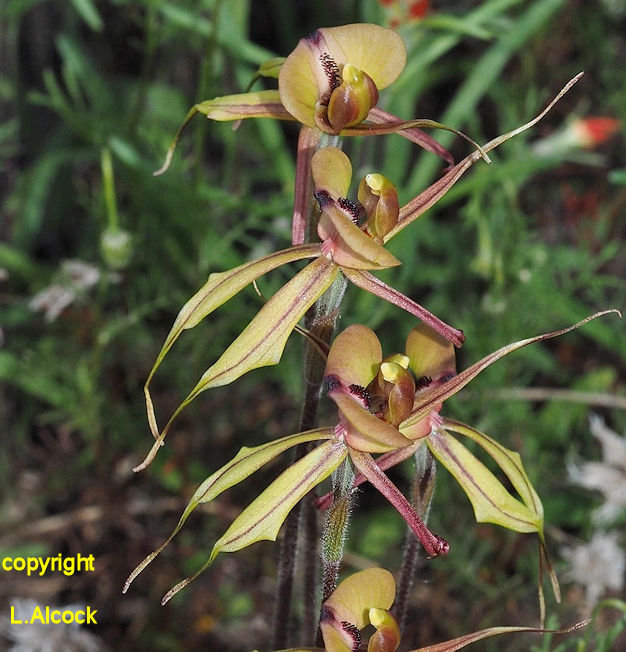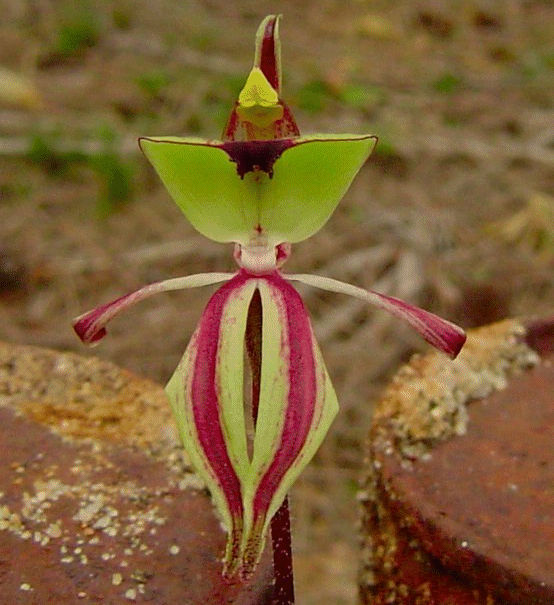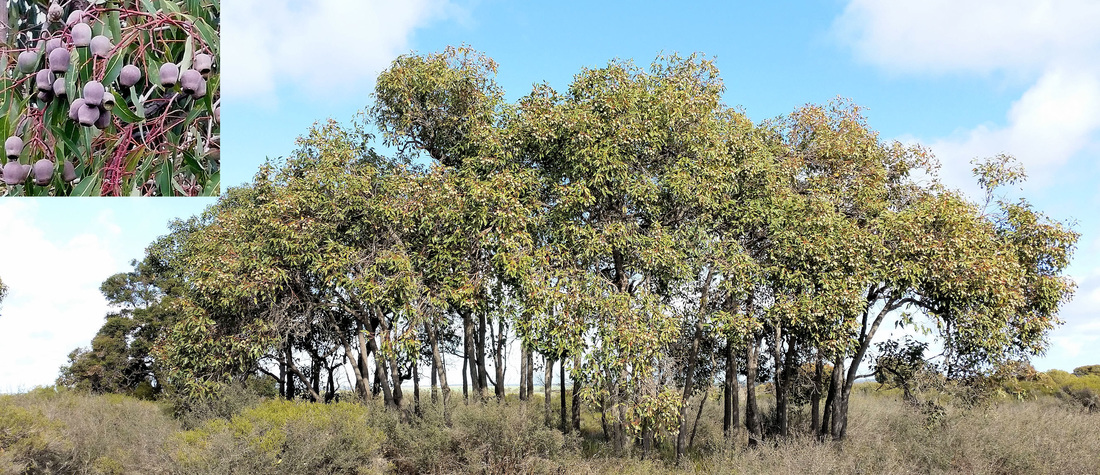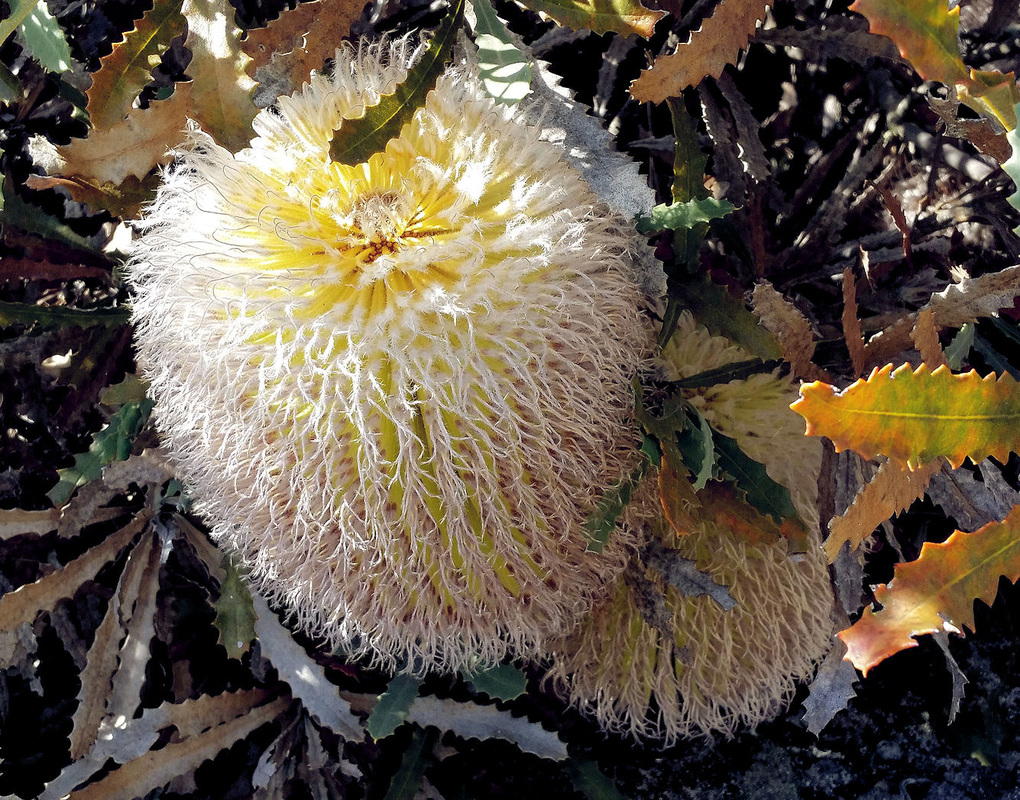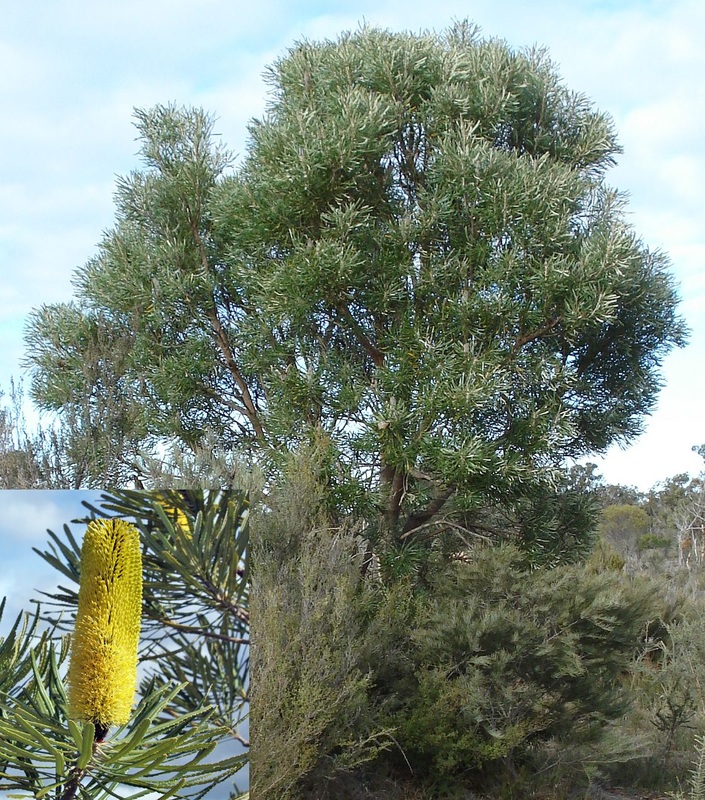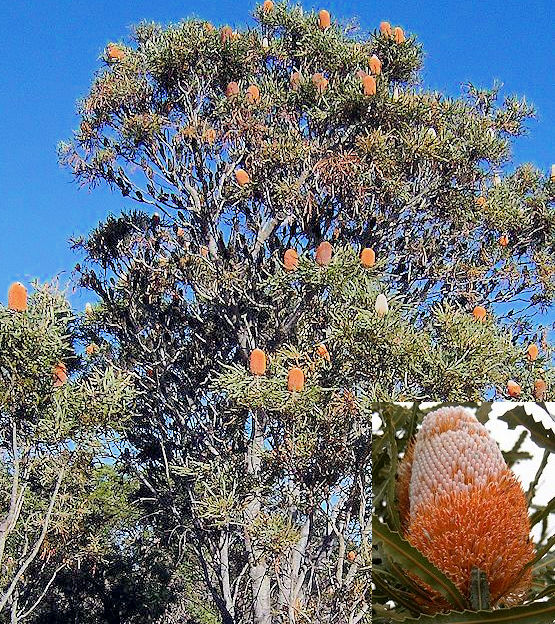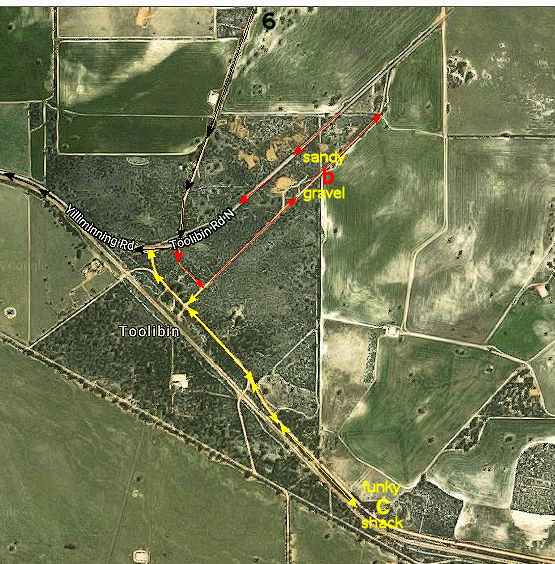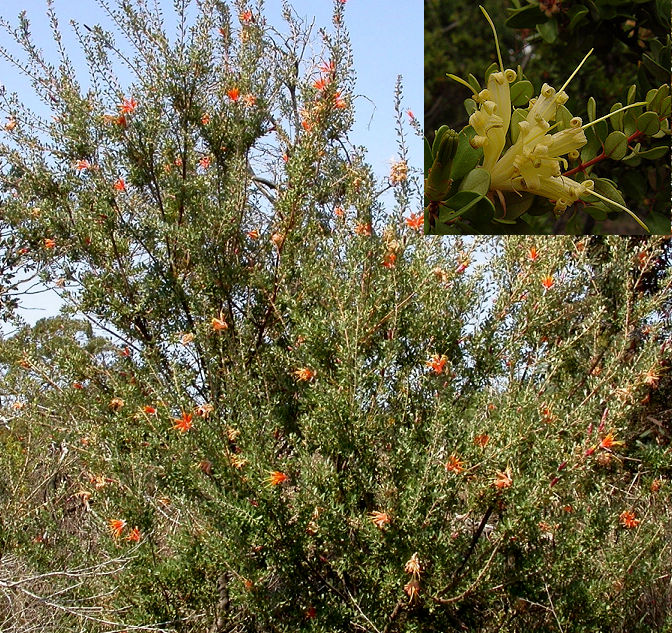This tour features the unique Toolibin Lake with its reclamation program, bird life, picnic and toilet facilities, abundant spring orchids nearby; unusual wind deposited sandplain vegetation and some local history. Allow at least half a day for the round trip from Narrogin.
This is a typical western wheatbelt salt lake, with sand dunes on the eastern side and a cliff on the west.
This is the access point for a picnic area with gas BBQ, toilet, an interpretive centre and walk, and bird watching.
The 300 hectare lake is one of the last examples of a vegetated wetland lake left in the wheatbelt. Toolibin is an ephemeral or seasonal wetland that filled on average every 3 years from the 1960’s to the 1990’s). This cycle of wetting and drying has formed a wooded wetland with large stands of Melaleuca strobophylla paperbark and salt sheoak across the floor of the lake that provided an excellent breeding and feeding habitat for migratory waterbirds when the lake was full.
Agricultural land clearing has caused the rise of saline groundwater and associated salinity that resulted in bare salt lakes with dead trees like Taarblin.
Toolibin was steadily deteriorating until a recovery plan was prepared and a huge amount of investigation and work
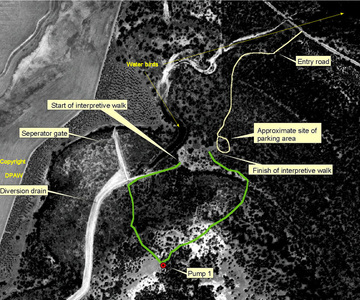
- Creation of a separator channel that drains salt water flows to Taarblin, but diverts fresh water into Toolibin.
- Pumping saline groundwater from the lake bed and discharging it in Taarblin.
- Revegetation of large areas of salt-risk soil in the catchment.
- Draining the saline wetlands above Toolibin to reduce salt accumulation.
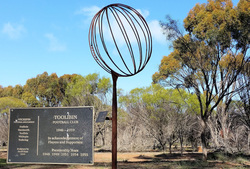
The landscape changes to a smooth sand covered slope, due to very strong north-west winds blowing sand from the lake of Toolibin lake when other parts of the world were in the grip of ice ages
Continuing over the ridge on Cemetery Road, vegetation changes to Acorn banksia Banksia prionotes woodland on yellow sand (stop 6). This is an older sand deposit than pale sand upslope, with the yellow colour created by Acorn banksia root secretions that enable them to access and recycle phosphate. Acorn banksia is a good sign of yellowish aeolian sands. Slender banksia Banksia attenuata that is also present becomes more dominant on grey sands. The soil changes to younger white sand dune heath near the bitumen cross road.
a.Turning right and returning to Narrogin via Yillminning Road.
b. Crossing the road to the Toolibin townsite. Past the derelict Morris Minor and turn left up the gravel track. Upslope is safe to park and walk in on the left to see sandy gravel heath. Continue up the track and turn hard left on to The Toolibin North Road to return to Narrogin.
c. Crossing the road and turn right at the T junction to the Toolibin townsite. Nothing remains Peruvian pepper tree and bamboos that mark the school site. If you then turn left along Line Road you will see a funky shack made of sleepers described here. After seeing the shack turn around and follow Line Road back to the bitumen road then turn left to return to Narrogin.
